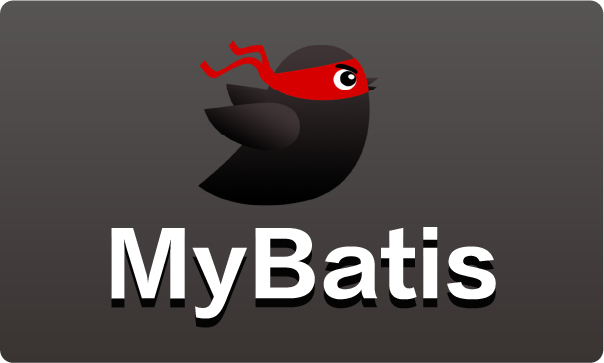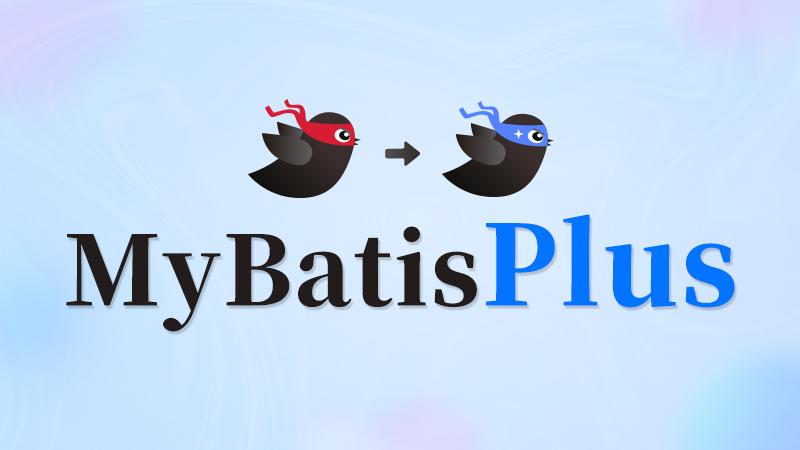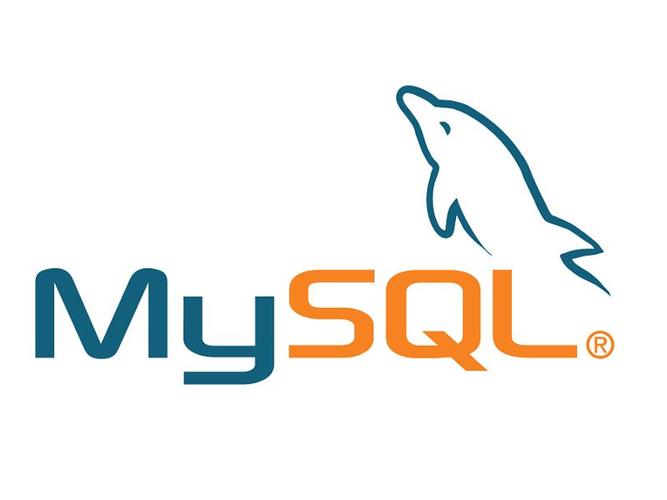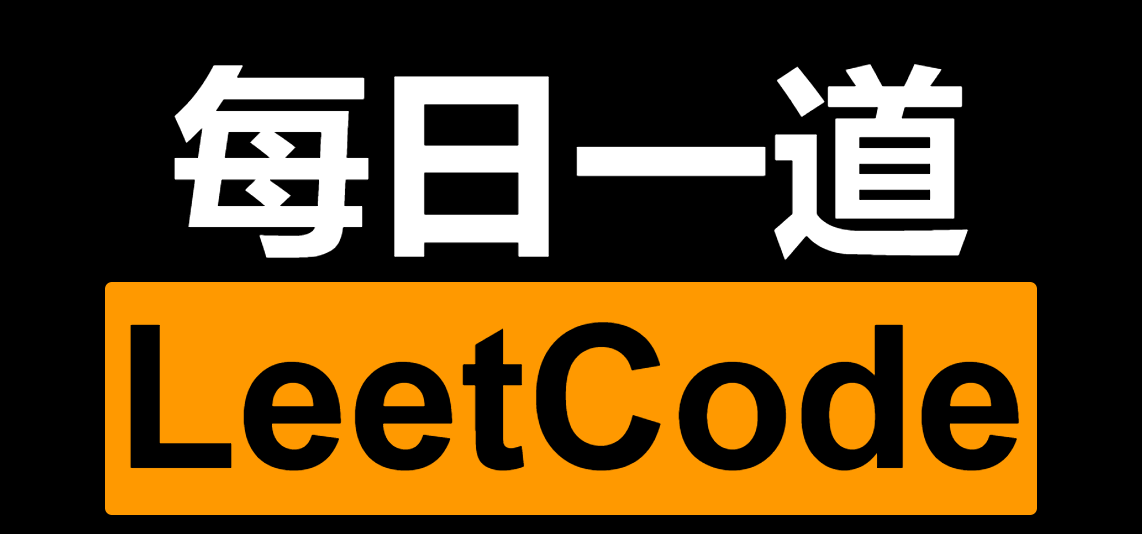Mybatis-02

Mybatis-02
sinarcsinxMybatis-02
注解开发
我们也可以使用注解的形式来进行开发,用注解来替换掉xml
使用注解来映射简单语句会使代码显得更加简洁,但对于稍微复杂一点的语句,Java 注解不仅力不从心,还会让你本就复杂的 SQL 语句更加混乱不堪,所以我们在实际企业开发中一般都是使用XML的形式
步骤
①在核心配置文件中配置mapper接口所在的包名
1 | <mappers> |
②在接口对应方法上使用注解来配置需要执行的sql
1 | public interface UserDao { |
③和之前的一样获取Mapper调用方法即可
1 | public static void main(String[] args) throws IOException { |
动态SQL
在实际开发中的SQL语句没有之前的这么简单,很多时候需要根据传入的参数情况动态的生成SQL语句
Mybatis提供了动态SQL相关的标签让我们使用
if
可以使用if标签进行条件判断,条件成立才会把if标签中的内容拼接进sql语句中
例如:
1 | <select id="findByCondition" resultType="com.sinarcsinx.pojo.User"> |
如果参数username为null则执行的sql为:select * from user where id = ?
如果参数username不为null则执行的sql为:select * from user where id = ? and username = ?
注意:在test属性中表示参数的时候不需要写#{},写了会出问题
trim
可以使用该标签动态的添加前缀或后缀,也可以使用该标签动态的消除前缀
prefixOverrides属性
用来设置需要被清除的前缀,多个值可以用|分隔,注意|前后不要有空格,例如: and|or
例如:
1 | <select id="findByCondition" resultType="com.sinarcsinx.pojo.User"> |
最终执行的sql为: select * from user
suffixOverrides属性
用来设置需要被清除的后缀,多个值可以用|分隔,注意|前后不要有空格,例如: and|or
例如:
1 | <select id="findByCondition" resultType="com.sinarcsinx.pojo.User"> |
最终执行的sql为: select * from user 去掉了后缀like
prefix属性
用来设置动态添加的前缀,如果标签中有内容就会添加上设置的前缀
例如:
1 | <select id="findByCondition" resultType="com.sinarcsinx.pojo.User"> |
最终执行的sql为:select * from user where 1=1 动态增加了前缀where
suffix属性
用来设置动态添加的后缀,如果标签中有内容就会添加上设置的后缀
1 | <select id="findByCondition" resultType="com.sinarcsinx.pojo.User"> |
最终执行的sql为:select * from user where 1=1 动态增加了后缀1=1
动态添加前缀where 并且消除前缀and或者or
1 | User findByCondition( Integer id, String username); |
1 | <select id="findByCondition" resultType="com.sinarcsinx.pojo.User"> |
调用方法时如果传入的id和username为null则执行的SQL为:select * from user
调用方法时如果传入的id为null,username不为null,则执行的SQL为:select * from user where username = ?
where
where标签等价于:
1 | <trim prefix="where" prefixOverrides="and|or" ></trim> |
可以使用where标签动态的拼接where并且去除前缀的and或者or
例如:
1 | <select id="findByCondition" resultType="com.sinarcsinx.pojo.User"> |
如果id和username都为null,则执行的sql为:select * from user
如果id为null,username不为null,则执行的sql为:select * from user where username = ?
set
set标签等价于
1 | <trim prefix="set" suffixOverrides="," ></trim> |
可以使用set标签动态的拼接set并且去除后缀的逗号
例如:
1 | <update id="updateUser"> |
如果调用方法时传入的User对象的id为2,username不为null,其他属性都为null则最终执行的sql为:UPDATE USER SET username = ? where id = ?
foreach
可以使用foreach标签遍历集合或者数组类型的参数,获取其中的元素拿来动态的拼接SQL语句
例如:
方法定义如下
1 | List<User> findByIds( Integer[] ids); |
如果期望动态的根据实际传入的数组的长度拼接SQL语句,例如传入长度为4个数组最终执行的SQL为:
1 | select * from User WHERE id in( ? , ? , ? , ?, ? ) |
则在xml映射文件中可以使用以下写法
1 | <select id="findByIds" resultType="com.sinarcsinx.pojo.User"> |
collection:表示要遍历的参数。
open:表示遍历开始时拼接的语句
item:表示给当前遍历到的元素的取的名字
separator:表示每遍历完一次拼接的分隔符
close:表示最后一次遍历完拼接的语句
注意:如果方法参数是数组类型,默认的参数名是array,如果方法参数是list集合默认的参数名是list,建议遇到数组或者集合类型的参数统一使用@Param注解进行命名
choose、when、otherwise
当我们不想使用所有的条件,而只是想从多个条件中选择一个使用时,可以使用choose系列标签,类似于java中的switch
例如:接口中方法定义如下
1 | List<User> selectChose(User user); |
期望:
如果user对象的id不为空时就通过id查询。
如果id为null,username不为null就通过username查询。
如果id和username都会null就查询id为3的用户
xml映射文件如下
1 | <select id="selectChose" resultType="com.sinarcsinx.pojo.User"> |
choose类似于java中的switch
when类似于java中的case
otherwise类似于java中的dufault
一个choose标签中最多只会有一个when中的判断成立,从上到下去进行判断
如果成立了就把标签体的内容拼接到sql中,并且不会进行其它when的判断和拼接
如果所有的when都不成立则拼接otherwise中的语句
SQL片段抽取
我们在xml映射文件中编写SQL语句的时候可能会遇到重复的SQL片段,这种SQL片段我们可以使用sql标签来进行抽取,然后在需要使用的时候使用include标签进行使用
例如:
1 | <sql id="baseSelect" >id,username,age,address</sql> |
最终执行的sql为: select id,username,age,address from user











